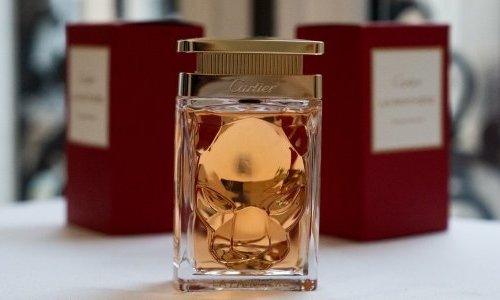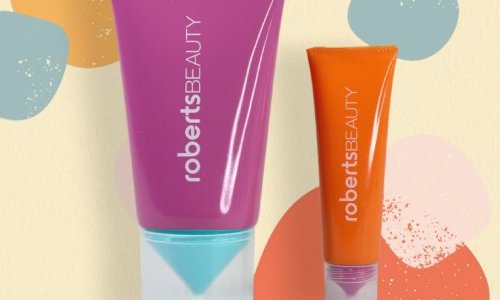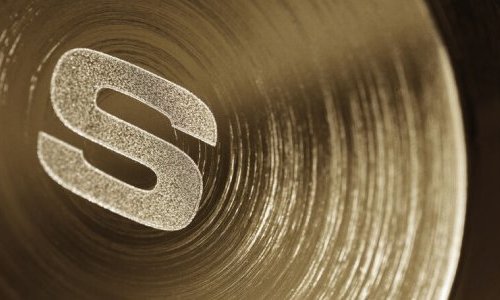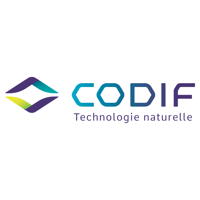Isodon japonicus presents interest regarding its high reaching 2m despite its very small, thin and fragile stalks. This shows a square section and presence of lignin (and precursors); both explaining robustness of the high bearing and the challenge of the gravity laws. We conceived sequence of testing to demonstrate the anti-gravity potential of an extract obtained by from aerial parts of Isodon japonicus: J-Dermist.
First, focusing on the components of skin Dermo-Epidermal Junction (DEJ) and Extra-Cellular Matrix (ECM), J-Dermist showed a clear improvement of proteins that give biomechanical properties to the skin. These first results were transposed to 3D situations with X-Polar® technology applied on explants to visualize the structural benefits for collagen fibers.
Effect of J-Dermist on structural quality and density of collagen using Kamax technology
The analysis of the structural quality of the ECM has been evaluated using Kamax technologies that provides an innovative approach regarding the structure of collagen fibres.
To focus on both spatial density and structural quality of fibres, Kamax Technologies use XPolar® contrasts allowing accurate and complete samples analysis. The birefringence of collagen bundles is studied with a sub-micrometric resolving power. The device notably delivers a parameter (Kfs) which quantifies the spatial extent of collagen network on a given field of view.
In our study, Human skin explants (49-year-old female donor) were treated with topical applications of J-Dermist 1% or 2% for 7 days and analysed using Kamax Technologies.
Used at 1%, J-Dermist significantly improves the integrity of the collagen organization by +27% in the papillary dermis and +60% in the reticular dermis. This directly translates a better quality of collagen fibres that can be interpreted as a rejuvenation of collagen integrity.
Used at 2%, J-Dermist significantly improves the collagen density by +138% in the papillary dermis and +156% in the reticular dermis.
This analysis of density and structural organization of collagen fibres in human skin explants confirms that J-Dermist can help to re-densify the dermis, promoting an increase in skin firmness, participating in a decrease of fine or deep wrinkles, and finally allowing the skin to better resist to gravity constraint.
Protective and reversing effect of J-Dermist regarding glycation of collagen fibres
Kamax Technologies also allows to show the benefits of J-Dermist on the integrity of collagen fibers exposed to glycation. Used before exposure to glycation, J-Dermist provides 100% protection of collagen integrity. Used after initiation of glycation process, J-Dermist not only allows 100% recovering of collagen integrity but also increases the quality of fibers by +10% versus explant not exposed to glycation.
In-vivo analysis of wrinkles and gravity constraint
This study is focusing on wrinkles that are the more visibly impacted by gravity: nasolabial wrinkles. Indeed, with ageing, skin on nasolabial area is less firm, more subject to the effects of gravity, and stretches without being able to retract, accentuating the depth of wrinkles.
Thirty-five volunteers have been recruited with visible nasolabial folds.
After 28 days of application, we observe in average a significant decrease of the rugosity parameters for the J-Dermist formula whereas no significant variation is observed with the placebo.
Gravity constraint on nasolabial wrinkles can be visualized and measured by comparing the volume of nasolabial fold in lying position (minimum gravity constraint) and seated position (maximum gravity constraint). The difference in volume of the nasolabial fold between the sitting and lying positions represents the effect of gravity on tissue relaxation and thus on the depth of wrinkle.
After 28 days treatment, we measure a highest decrease of the gravity constraint on nasolabial furrow amplitude with J-Dermist than with placebo, respectively of -13% and -3%. If we consider the subjects (n=15) most impacted by gravity constraint, a significant decrease of -28% of the gravity constraint on nasolabial furrow amplitude has been measured.
Conclusion
Directly bioinspired by the ability of Isodon japonicus to stand upright despite the effect of gravity; J-Dermist restores the structural properties of the skin to recover its ability to retract under gravity constraint. The use of the innovative Kamax technologies enables us to better understand its action mechanism based not only on the quantity of supporting fibres but also on their structural quality as well as a restructuration of the Dermis-Epidermis Junction. J-Dermist significantly improves deep wrinkles while counterbalancing the effect of gravity on the accentuation of the signs of ageing. This action mechanism could also benefit to other areas of the face like upper eyelids and facial contours.






















